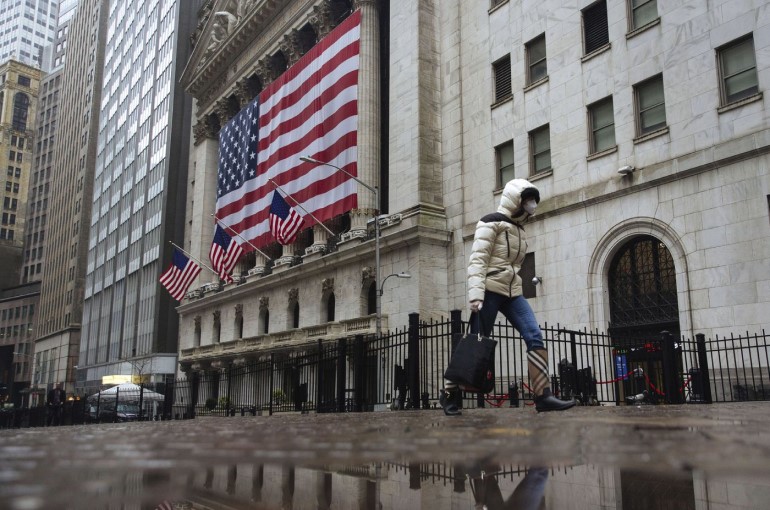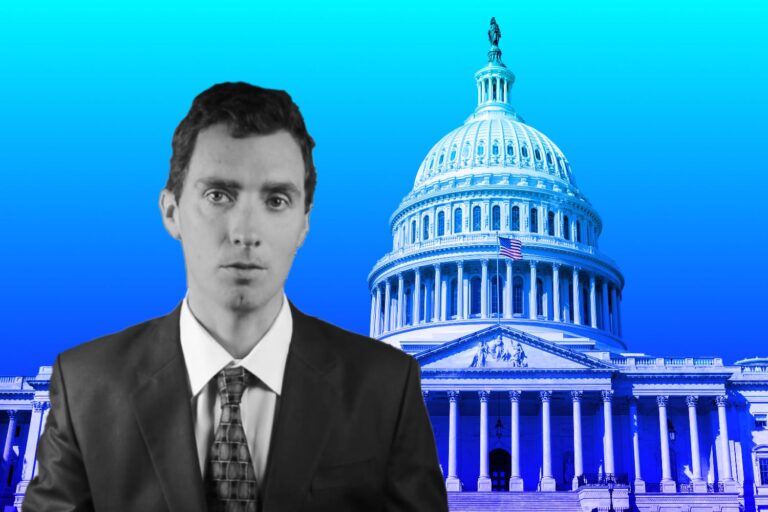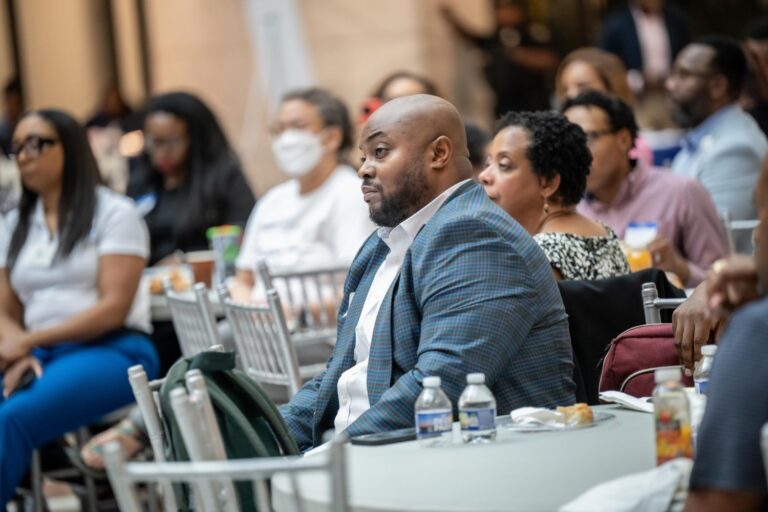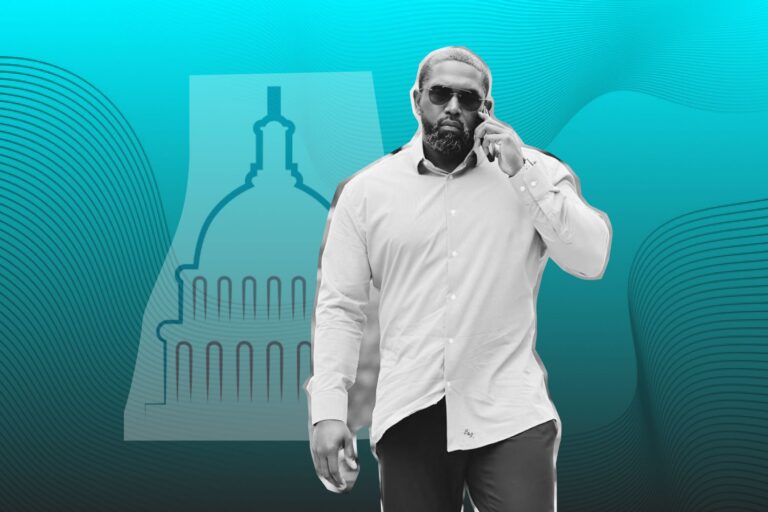The Resurgence of Economy Recovery Post-lockdown or Near-term Double-dip Downturn
In just a few months, the COVID-19 pandemic has devastated the U.S economy. In the first quarter of 2020, growth decreased by 5 percent. In April, retail sales plunged 16.4 percent as governors has implemented a shelter-in-place policy for national residents and imperatively shut down non-essential businesses to restrict the widespread of death-induced disease. As companies forced employees to take a long, unpaid furlough; the number of unemployed shot up to 23 million. These early indicators anticipate that the second quarter will get worse. The Congressional Budget Office forecasts that the economy will fall to 38 percent. The number of unemployed will increase to 26 million. The third quarter will improve, but not enough to make up for the previous losses. The economic impacts of COVID-19 pandemic will outlast until the fourth quarter of 2021, with slightly lower economic output and higher unemployment rate.
A V-shaped Economic Recovery is Unlikely Post COIVD-19 Pandemic
On May 4, 2020, US debt exceeded USD 25 trillion. The COVID-19 pandemic added USD 2 trillion to debt in the first quarter of 2020, which is from the CARES Act and reduction in tax revenue. Prior to that, the debt has remained stable after sequestration kicked in. With that action, Congress required a mandatory 10 percent federal budget cut by 2021. The U.S debt-to-GDP ratio is 110 percent. Higher interest rates would increase the interest payments on the debt, and it exceeds 77 percent tipping point as recommended by the International Monetary Fund. Trump promised to reduce debt, however, his policies could add it by USD 5.6 trillion. Supply-side economics assesses that lowering business taxes will free up funds to hire more workers. Notwithstanding, it does not work when the maximum tax rate is below 50 percent, according to the Laffer Curve. Instead, it only increases federal debt.
Disagreements about how to reduce the debt can turn into a debt crisis if the debt ceiling needs to be raised. In the long run, balancing the budgets means cutting spending because Trump has cut taxes. As Washington struggles with the best way to deal with debt, uncertainty arises about tax rates, benefits, and federal programs. Businesses respond to this uncertainty by hoarding cash, hiring temporarily instead of working full-time and delaying large investments.
Businesses across the country are starting to reopen, but the economy may still face a bumpy ride. The economy can take years to recover as it faces longer-term challenges from the sharpest economic recession in history, according to Moody’s Analytics chief economist Mark Zandi. All 50 states have reopened their economies to some extent following extensive lockdowns to prevent the acceleration of COVID-19 deaths and virus cases. Investors have been optimistic the economy will rebound quickly despite record job losses, with the S&P 500 trading near its highest level since March. Zandi warned that Wall Street is too optimistic about the V-shaped economic recovery because companies face declining earnings, overdue debts and bankruptcies. He said the unemployment rate, which surged to 14.7 percent in April, will rise again in May, then settle nearly 10 percent in the following months.
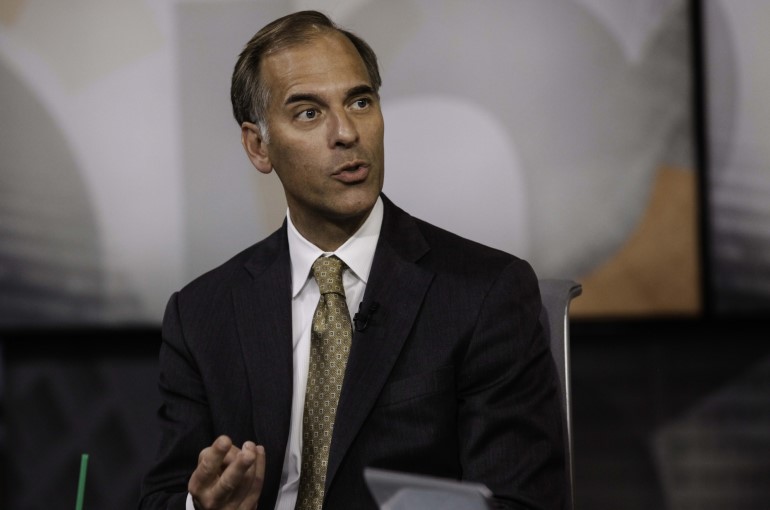
The duration and depth of the recession this year is a major concern, noting that 22 million jobless claims over the past four weeks have eradicated the 22 million jobs that had been created by the financial crisis of 2007-2008. The fact that the price of oil is well below its long-term average might have a negative impact on the economy.
Meanwhile, some investors are discounting economic data historically, uncertain as to how bad the economy will be and how long the recession will last, the bad corporate earnings which are going to continue during the first half of this year, and general uncertainty about the deadly virus. The slow pace of new COVID-19 cases in at least some places is also creating optimism among investors, along with the positive moves by the Federal Reserve to help the economy.
With all that is assumed by Zandi, it is discernibly believed that the markets are ahead of themselves and a price reduction for poor fundamentals. Unless economic data could illustrate a sanguine outlook for economic recovery, some promising news about economic growth, or the early appearance of potential coronavirus vaccines sooner rather than later, he asserts that this dislocation is sustainable. On the other hand, entrepreneurs will need a time to remain cautious, maintain discipline and focus on quality, while seizing opportunities that might correspond to individual business investment objectives.
Which Industries Will Bounce Back Quickly Post-Lockdown?
It is predicted that construction and manufacturing economies will bounce back up and running more quickly than service economies after pandemic. They have been less disrupted by the business shutdowns. On the flip, business activities that requires bringing lots of people together or for people to travel, which is going to be a long haul and aggressively impacted. Getting companies to resume operations and factories to reopen is one thing. Persuading consumers to brave catching the coronavirus and go out to shop, eat, travel or watch sports is another. The strength of the recovery hinges on the course the virus takes. It has shut down 30% to 40% of America’s economy, with nonessential businesses such as restaurants, stores and movie theaters shuttered by law or by choice and the travel and hotel industry at a near standstill. That will keep pressure on governments and central banks to continue their support as their economies claw their way back from the deepest worldwide downturn since the great depression.

With travel restrictions and social distancing measures in place, mobile communication platforms, e-commerce sites and home comfort services have seen a significant increase in demand. Zoom, and Netflix all saw a notable uplift in their stock price index during the month of March.
The crisis is pushing many industries to adapt and adjust rapidly. For example, most schools and universities across the U.S have closed down but continued operations online, meaning the education sector has experienced a relatively low impact. Analysts foresee that online learning will become the “new normal” as education institutions expand their online offerings. Student numbers at online schools have already soared, which is also leading to job creation. On the other hand, the property and commercial real estate industry has been significantly impacted by the lockdown. Operators are quickly reacting to offset this by offering virtual tours to help companies gather information and plan the next steps for when restrictions loosen.
The Essential Implementation of Stimulus Package to Curb the Economic Downturn
In fact, Goldman Sachs economists warned that high unemployment could linger in part because of policies that discourage workers from returning to their jobs. Congress is weighing additional stimulus measures to help contain the economic fallout of the pandemic.
The stimulus is believed to can hold the economy in a sort of suspended animation. Owners of businesses with fewer than 500 employees who apply are virtually assured of receiving loans guaranteed by the Small Business Administration to pay wages and operating costs. The loan amount covering eight weeks of such expenses will be forgiven as long as the business holds on to its employees or hires back any who have been laid off, even if normal operations are temporarily shut down. Maintain company ties with employees and avoid an enormously disruptive game of musical chairs in which workers are seeking jobs and businesses are hunting for new staffers just as the economy bubbles back to life.
Meanwhile, workers who lose their jobs, including contractors, are eligible for 39 weeks of state unemployment benefits that will be supplemented by $600 weekly from the federal government for four months. That means many restaurant, retail and hotel workers will be earning $1,000 a week, more than their regular paychecks in many cases. Moreover, workers should be allowed to make rent, utilities and other payments during the crisis and spend robustly after the pandemic.
Zandi said policymakers should enact more stimulus, especially aid to state and local governments.
Unexpected Decline in U.S Unemployent Rate Does Not Illustate The Entire Economic Situation
The job market unexpectedly reversed its free fall in May as employers brought back millions of workers after pandemic-induced layoffs and the unemployment rate declined.
Total nonfarm payroll employment augmented by 2.5 million in May, reflecting a limited resumption of economic activity that had been curtailed due to the coronavirus pandemic and efforts to contain it. Employment fell by 1.4 million and 20.7 million, respectively, in March and April. Despite the over-the month increase, nonfarm employment in May was about 13 percent below its February level. Large employment increases occurred in May in leisure and hospitality, construction, education and health services, and retail trade. Government employment continued to decline sharply.
The Labor Department said that defying economists’ expectations of further losses and offering hope that the rebound from the pandemic-induced economic crisis could be faster than forecast. Still, job openings remain far below normal, and the trillions of dollars in government assistance that have helped keep the economy on life support may be nearing their end.
The roughly 13 percent unemployment rate does not tell the whole unemployment story. That is true even in ordinary times, and more so in view of the pandemic’s effect on the labor market, which has made this figure particularly incomplete as a measure of economic hardship. The headline unemployment rate is calculated by taking the number of unemployed adults divided by the total number of people in the labor force, employed and unemployed.
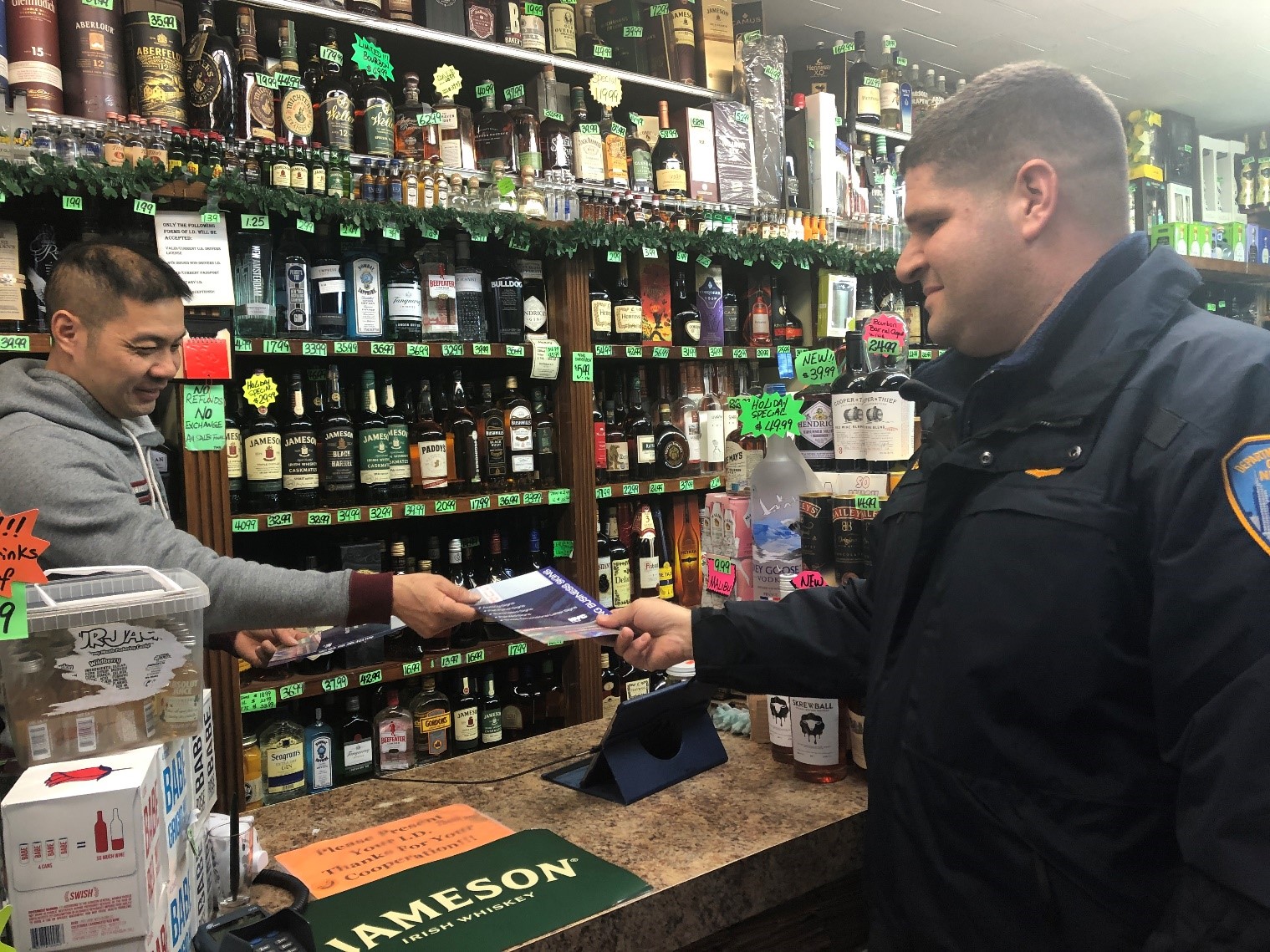
But there are millions of people who are not working and want a job that this rate leaves out, including those part-time because their hours were cut, as well as those not looking for work because of fears about getting sick or responsibilities like caring for children.
There are separate estimates of persons outside the labor force who want a job, including those who are not currently looking because they believe no jobs are available (discouraged workers). In addition, alternative measures of labor underutilization (some of which include discouraged workers and other groups not officially counted as unemployed) has been published monthly.
Suspending Immigration Will Only Hurt The U.S Economic Recovery
Immigrants have been vital to this nation’s success pre-COVID, and they will be key participants in ensuring the U.S. economy grows when the pandemic is over. Foreign born workers were instrumental in powering the consistent economic growth the U.S. saw from 2010 to early 2020. To see that growth again, it will take native-born Americans and immigrants working together.
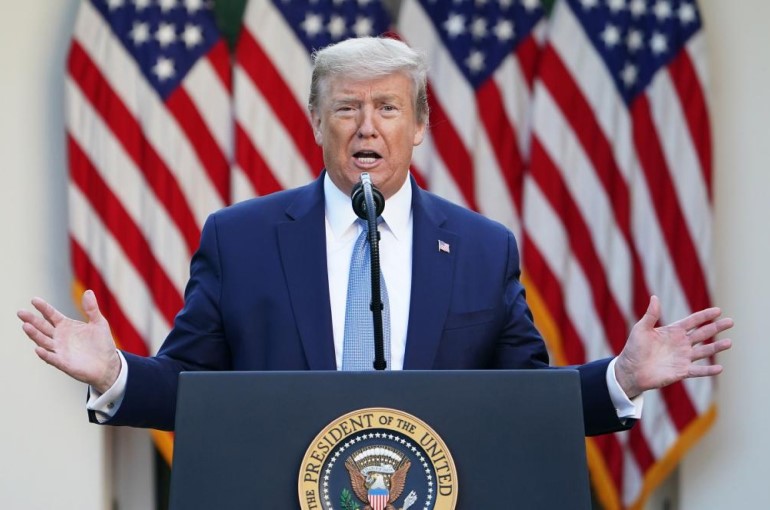
“But even, you know, arguably as important, if not more important, is, you know, immigrants are key to innovation and ultimately technological change and productivity growth and are the growth in the standard of living. They are, by definition, risk takers.” said by Zandi.
Suspending immigration is a policy based on fear. But what will help U.S economy through this pandemic and recovery is collaborating and reconstructing. Immigrants punch above their weight in the workforce and start new businesses at a higher rate than native-born Americans. With large parts of the U.S. on pause, these immigrant workers continue to power the parts of the economy that are still direly needed. Additionally, small and large businesses that immigrants start are a major driver of job creation in the U.S.- a crucial element for the nation’s post-pandemic economic recovery. And when the economic recovery begins, immigration can help accelerate this nation’s recovery.
Immigrants generate additional economic activity that fuels economic growth. Without vital foreign-born workers in agriculture, health care, and technology industries, the U.S. economic recovery will suffer – realities reflected in the exemptions to the immigration ban itself. Moreover, the order’s potential for expansion, both in its duration and scope, could prove to be significantly harmful to the United States.
Risk of Reopening U.S Economy and Retreating from Globilization Trend
Unless the reopening is carefully managed with extensive testing and voluntary social distancing, infections will rapidly rise in many localities. People will then hunker down for fear of infection, and local governments will re-impose lockdowns, quashing any economic recovery we will have had to that point.
“Well, the irony is the biggest risk in the near-term is opening up too fast. I mean, opening up too fast really risks re-intesnivising that virus” Zandi warned.
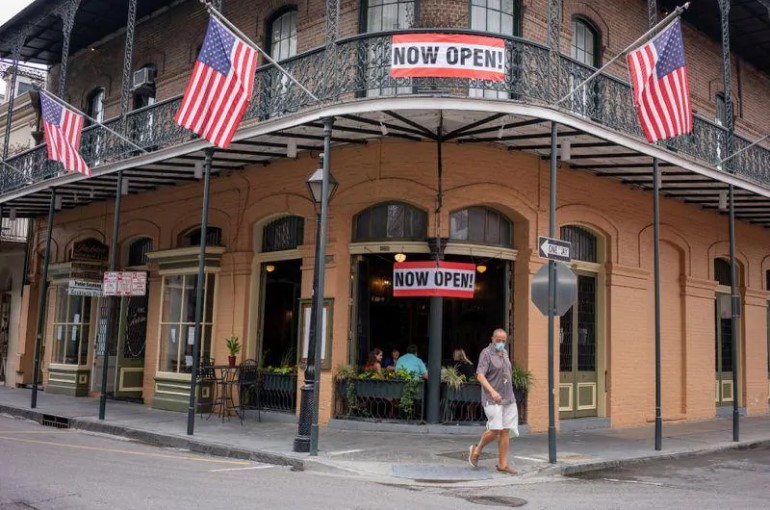
A double-dip recession would significantly heighten the risks for an already debilitated US economy. Congress has provided roughly $3 trillion in aid – by far its largest rescue ever – to help households and companies survive the next few months. If a second downturn were to flare up, it is far from clear that Congress would be ready to offer trillions more to enable businesses to survive yet another round of months-long shutdowns.
Nor do many companies have the cash reserves to cushion against a second recession. And just as threatening, a double-tip downturn would sap the confidence of individuals and businesses that is essential to an economic bounce-back. If consumers do not trust that a recovery will last, many will not resume spending, and the economy would struggle to rebound.
In the long term, he warned, the biggest risk to the economy from the pandemic is a retreat from globalization. This retreat will not mark the end of globalization, a process that has reached a historically high level. But globalization can be reversed, at least partially. In response to the current health and economic crisis, policymakers appear poised to take deliberate steps to reinforce the movement toward deglobalization. These steps threaten to slow or reverse the economic growth delivered by globalization. Even worse, new restrictions on trade could proliferate and inflict damage that could take decades to reverse.
“We need to embrace the rest of the world and put together a system so that we do not have these kinds of pandemics. We are a globalized economy, a globalized world. We need to have the systems in place that can handle globalized problems, like things like a pandemic.” said by Zandi.

